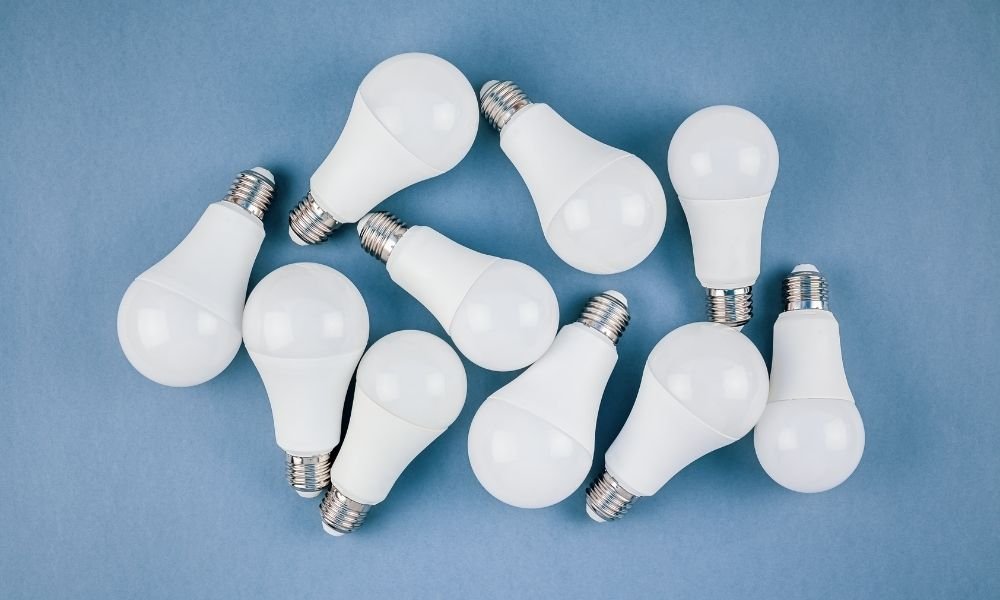Your lamp is broken or broken, and you need a new lamp. What to look for when buying a new lamp. Things have changed. For an explanation of the difference between incandescent, halogen and LED lighting click here: lighting lamp types, Buying a lamp
Ecodesign changes and lamp purchase tips
Light bulbs may no longer be placed on the market from 2012 (but makeup stock) and From September 1, 2018, many types of halogen lamps will be withdrawn from the market. This decision does not affect the directional halogen lamps, such as popular spotlight halogen lamps often used in desk lamps and floodlights (GU10 and PAR30 socket type). The measures will not apply to products already on the shelves in stores, but only on the new products offered for sale. Halogen lamps consume up to ten times more power than LED lamps for the same light output. Buying a lamp
Reason: Ecodesign Directive: The European Union is setting increasingly stricter requirements for the energy efficiency of household appliances. All European countries must adhere to it. Requirements have also been drawn up for household lighting.
Incandescent bulbs – and some halogen bulbs – cannot meet EU energy efficiency requirements. They convert only a small part of the electrical energy they use into light. The rest is lost as heat. Because of that inefficiency, they should no longer be placed on the market.
Why Lumen, what is Lumen!
On the lamp, the box is the term: XXX Lumen. Lumen = unit for the total amount of light in a light beam. Lumen measures the total amount of light emitted by a light source in all directions. Lumen is therefore the unit for measuring the brightness of a light source regardless of the direction of the light beam.
You can compare the number of lumens of the different lamps with each other. So it is no longer about power consumption (Watt) but lumen output of the lamp. Buying a lamp
Tips for purchasing a lamp: lamp fittings types
Thread type and size: CFLs and LED bulbs vary more. Measure in the lamp holder where you screw the lamp what size the new lamp may be, take the lamp with you to the store. Pay attention to the energy label: lamps with energy labels A++ (or A if the lamp still bears the old label) are the most energy-efficient. No energy label? Then choose the lamp with the highest number of lumens (lm) per watt. Get your lighting ideas
Is it important that the lamp is dimmable? Does the lamp need to burn at full brightness quickly? Look at the packaging, that information is stated. Does the lamp go on and off a lot every day? Then choose a lamp with 500,000 switching cycles or more – that is also stated on the packaging. Energy-saving lamps in particular cannot always withstand frequent switching on and off.
If possible, try the lamp in the store to see if it has the desired light color and color rendering. If you want to distinguish true-to-life colors (for example for hobby painting or highlighting a work of art), choose a halogen lamp, preferably with an infrared coating. Buying a lamp
Replace all incandescent bulbs with energy-saving or LED bulbs. Your household will then use approximately 75 percent less electricity for lighting. You earn back the costs of energy-saving lamps approximately within 2 years.
LED is very economical
LED lighting is very economical in terms of power consumption. The LED lamps can be equipped with A+ and A++. LED lighting lasts about 15 times longer than incandescent lamps. For an explanation of the difference between incandescent, halogen and LED lighting click here: lighting lamp types
Learn more: Which washing machine to buy? This is what you need to know!
